The ‘Surface Phone’ is finally here – sort of
Microsoft joins the foldable fray with hinged phone and tablet
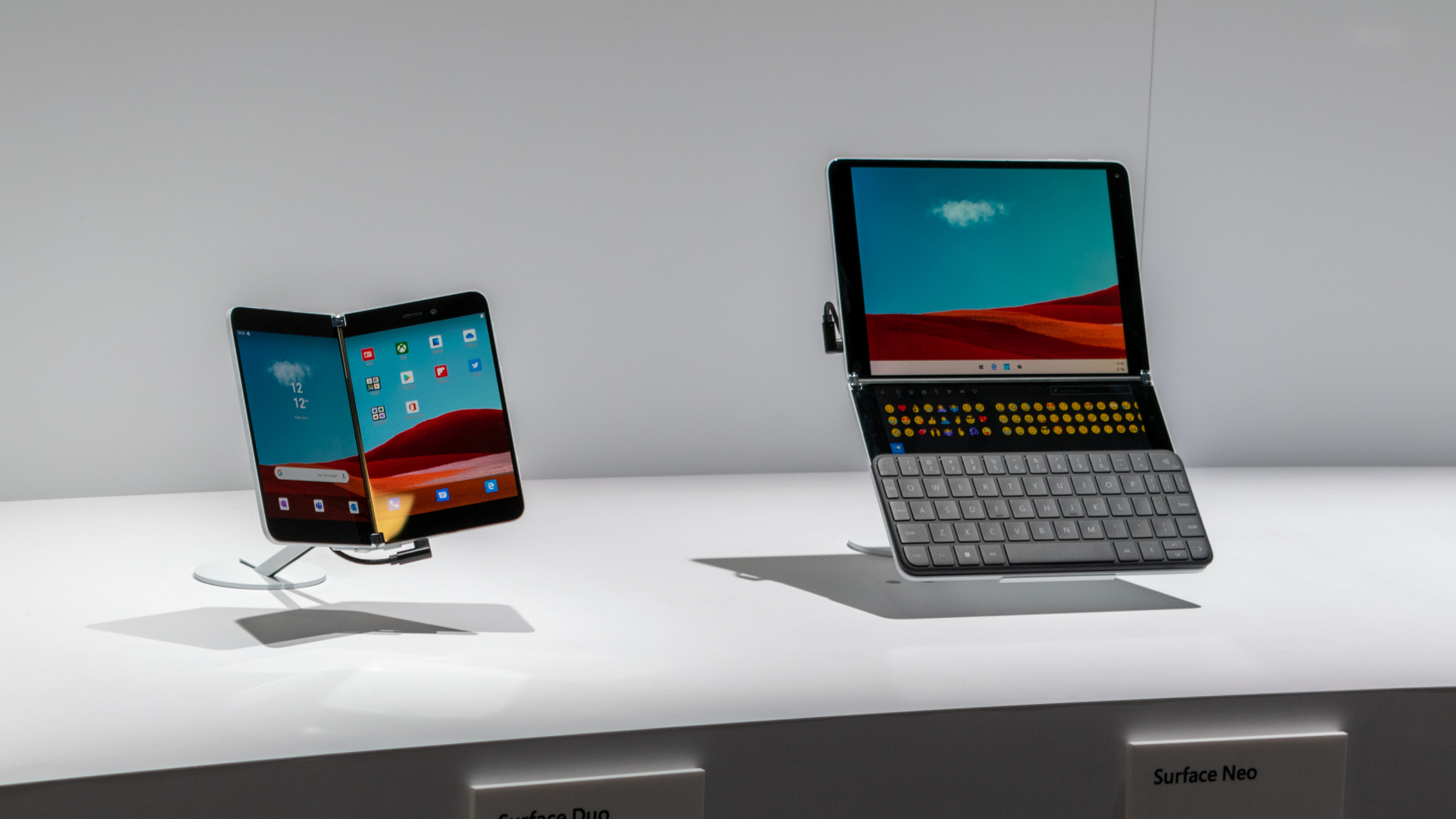

Microsoft has crossed two items off Surface fans' wish lists, with the news that not only is it finally launching a Surface smartphone, but the device will also be foldable. The announcement was made at an event in New York City as part of Microsoft's annual slate of Surface updates, and followed the reveal of the Surface Pro 7, Surface Laptop 3 and the long-rumoured ARM-based Surface Pro variant.
The new phone is being dubbed the 'Surface Duo', and is accompanied by a larger foldable tablet the 'Surface Neo'. The devices are part of a new wave of foldable tech, including the Huawei Mate X, the Samsung Galaxy Fold and a prototype foldable laptop from Lenovo. Unlike most of the foldable devices we've seen thus far, however, they feature two separate screens connected by a hinge, rather than a single panel which folds in the middle. This, Microsoft says, is for the sake of versatility, but it may help the units last longer than devices like the Galaxy Fold, which has been plagued by early reports of defects affecting the folding panel.
The Duo marks the first time Microsoft has dabbled in the smartphone arena since the demise of the ill-fated Lumia range, although rumours that the company was imminently about to launch a Surface Phone have persisted for several years. Rather than resurrecting the defunct Windows Phone operating system, however, Microsoft has opted to partner with Google to launch the Duo, and the device will come with stock Android, albeit tweaked somewhat to accommodate a dual-screen setup.
Its larger compatriot, the Surface Neo, is halfway between a foldable laptop and a foldable tablet. Unlike the Duo, it's running Windows 10 specifically Windows 10X, a new fork of the operating system designed specifically to run on dual-screen devices. When you've got an app open on one screen, for example, the next app you fire up will be opened on the other screen. Just like using multiple monitors in regular Windows, it'll also be super easy to snap applications between screens, or to spread them across both.
However, because there's a gap between the two displays, apps will have to be customised to make the most of this with separate things on each panel, rather than just dynamically scaling. The same issue will presumably apply to Android apps on the Duo. For this reason, Microsoft is aiming to get the Neo into developers' hands early next year and while it hasn't specified when Duo developer units will be available, it seems likely that this will also be part of the same window.
Weighing 655g and measuring just 6.3mm thick, the Neo is a surprisingly svelte device. Each screen measures 9in across the diagonal and the hinge rotates through 360 degrees, meaning you can use it in all the same forms as, say, the HP EliteBook X360. In practical terms, it looks to be roughly the size of an iPad Mini when folded, but akin to one of the larger iPad Pros when opened out a form-factor that we've been crying out for since we first clapped eyes on the Galaxy Fold.
That's an impressive loadout, but it looks just as impressive under the hood. The Neo uses a specially-designed Intel Lakefield processor along with an "11th-gen" graphics chip and while we won't know how well it stacks up until we can get one in the lab, this certainly bodes well for the Neo's general performance.
Get the ITPro daily newsletter
Sign up today and you will receive a free copy of our Future Focus 2025 report - the leading guidance on AI, cybersecurity and other IT challenges as per 700+ senior executives
Make no mistake, this isn't a throwaway device designed for little more than Netflix and Twitter: Microsoft is marketing it as a fully-fledged productivity tool. The most crucial aspect of this is the Bluetooth keyboard that accompanies the Neo; when it's in clamshell mode, this accessory is as wide as one of the screens and roughly half the height.
When in this configuration, placing the keyboard over the bottom screen will automatically transform the uncovered portion, either into a touchpad if the keyboard is placed at the top, or a space for text suggestions, emojis and GIF responses if placed at the bottom. You can also snap videos to this space, leaving your main screen free to concentrate on doing other things while you keep something else on in the background.
Microsoft is calling this clever feature the "Wonder Bar" and it's one that offers a great deal of potential for imaginative developers to play around with. The keyboard itself looks good too, with a decent amount of spacing despite the small size. Unfortunately, it looks like it may be too big to comfortably be used with the Duo.
Microsoft hasn't shared too many details around the Duo's specifications, but we do know that each screen measures 5.6in across the diagonal, and will presumably be at least as light and thin as the Neo, if not more so. It's also said to use a Qualcomm Snapdragon 855 processor, but by the time it actually hits shelves, that processor is likely to be a last-gen model. This may raise somemconcern, given the amount of pixels it'll have to push around.
In fact, Microsoft hasn't revealed much about the Duo at all, but we can assume that it will share some of the Neo's key features. For example, we already know that both devices will support the new Surface Slim Pen (launched alongside the Surface Pro X) and it's therefore a safe bet that they'll support older generations of Pen as well. Whether you'll be able to magnetically attach to the back of the Duo for charging, as you can with the Neo, remains to be seen.
The Neo is also coated with Corning Gorilla Glass front and back for added protection, so presumably the Duo is as well although Microsoft says that the design should protect the screen in case of drops, assuming the device is closed. Windows Hello support via facial recognition is also incredibly likely for both devices, as it's been a mainstay of the Surface line for many years now.
Both devices are still under development and are slated for release at the end of next year. Prices are currently unknown, but early adopters can reasonably expect to pay well in excess of 1,000 based on market trends.
Elsewhere, Microsoft also launched a set of Surface Earbuds as a companion to last year's Surface Headphones. The headphones themselves are fairly unremarkable, save for a neat integration with Powerpoint that allows wearers to use the earphones' touch controls to progress through a slide deck. You can also use the headphones to provide real-time caption dictation for presentations via voice recognition, although this isn't unique to the new earbuds. The Surface Earbuds will be available in time for Christmas, and will cost $249 (no UK price has yet been announced).
No mention was made off the Surface Book, Surface Go or Surface Studio, however, all of which could arguably benefit from a hardware refresh if nothing else. It could be that Microsoft is saving these devices for another event in Spring, or possibly it's just concentrating on its other lines for the time being.
Adam Shepherd has been a technology journalist since 2015, covering everything from cloud storage and security, to smartphones and servers. Over the course of his career, he’s seen the spread of 5G, the growing ubiquity of wireless devices, and the start of the connected revolution. He’s also been to more trade shows and technology conferences than he cares to count.
Adam is an avid follower of the latest hardware innovations, and he is never happier than when tinkering with complex network configurations, or exploring a new Linux distro. He was also previously a co-host on the ITPro Podcast, where he was often found ranting about his love of strange gadgets, his disdain for Windows Mobile, and everything in between.
You can find Adam tweeting about enterprise technology (or more often bad jokes) @AdamShepherUK.
-
 Bigger salaries, more burnout: Is the CISO role in crisis?
Bigger salaries, more burnout: Is the CISO role in crisis?In-depth CISOs are more stressed than ever before – but why is this and what can be done?
By Kate O'Flaherty Published
-
 Cheap cyber crime kits can be bought on the dark web for less than $25
Cheap cyber crime kits can be bought on the dark web for less than $25News Research from NordVPN shows phishing kits are now widely available on the dark web and via messaging apps like Telegram, and are often selling for less than $25.
By Emma Woollacott Published
-
 Microsoft unveils updated Surface devices
Microsoft unveils updated Surface devicesNews Surface Pro 6, Surface Laptop 2, Surface Studio 2 and Surface Headphones officially revealed
By Adam Shepherd Published
-
 How the Department for Education upskilled IT staff in Windows 10 migration
How the Department for Education upskilled IT staff in Windows 10 migrationCase Studies Mobility strategy has reduced waste and improved flexibility
By Joe Curtis Published
-
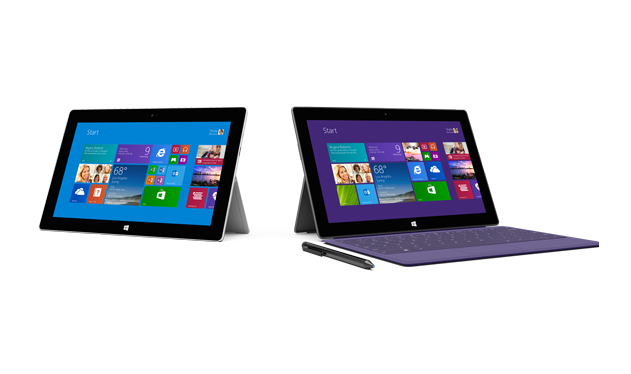 Dell agrees to sell Surface Pro as Microsoft targets the enterprise
Dell agrees to sell Surface Pro as Microsoft targets the enterpriseNews Microsoft also partners with HP, Accenture and Avanade under Surface Enterprise Initiative
By Joe Curtis Published
-
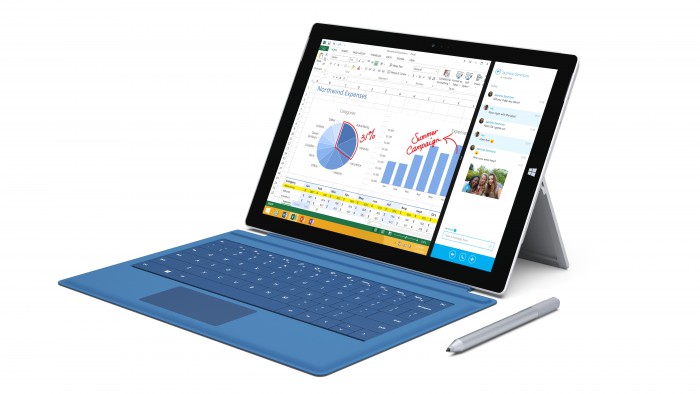 Microsoft moves to allay Surface support fears
Microsoft moves to allay Surface support fearsNews Microsoft has reiterated its commitment to business users of the Surface Pro 3.
By Caroline Preece Published
-
 Surface Pro 2: First impressions
Surface Pro 2: First impressionsIn-depth Microsoft has refreshed the Surface Pro and RT, but is this enough to challenge Apple and Google?
By Khidr Suleman Published
-
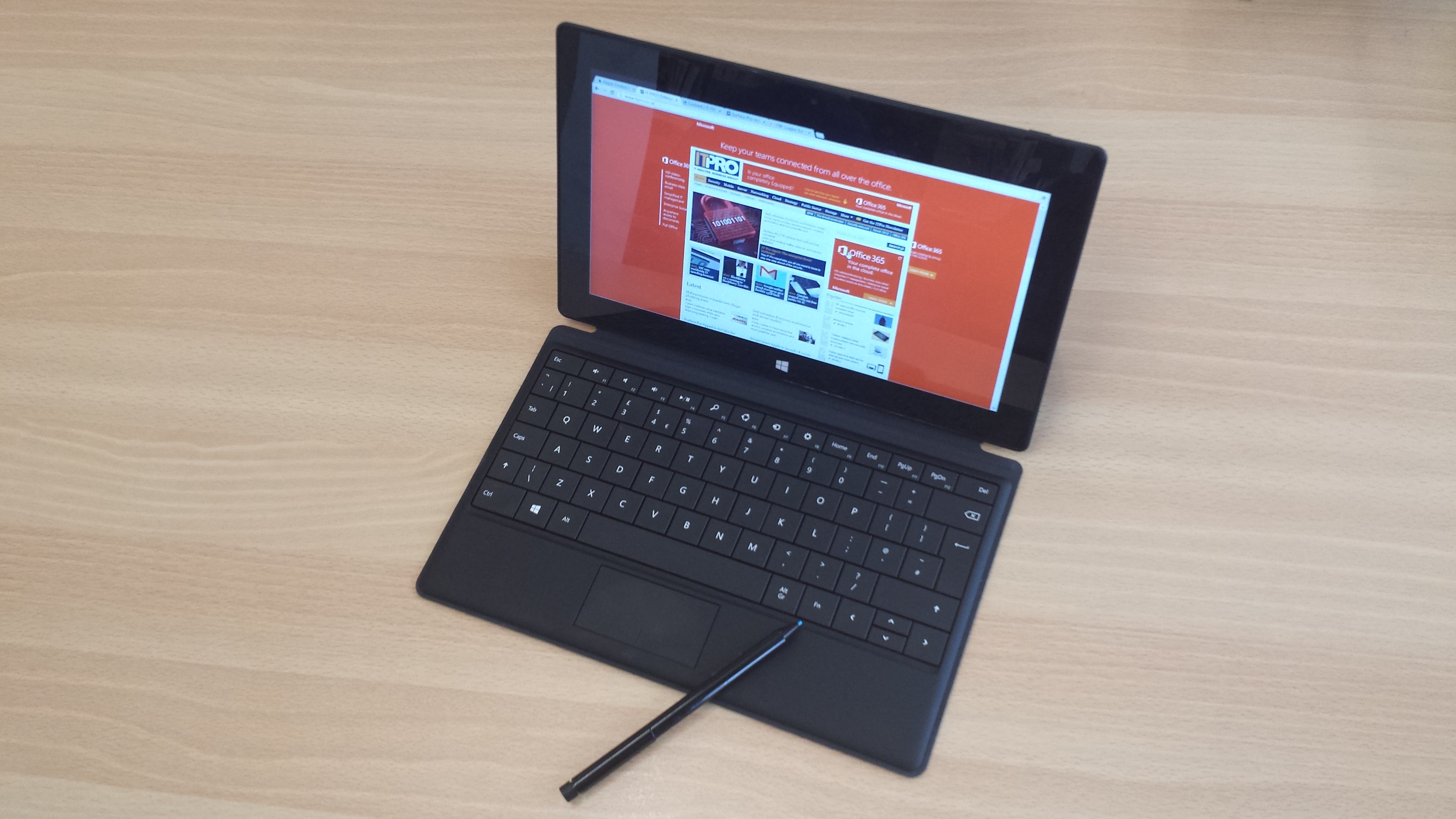 Microsoft Surface Pro review
Microsoft Surface Pro reviewReviews The 10.6in Windows 8 hybrid tablet finally launches in the UK, but it's not worth the wait.
By Khidr Suleman Published
-
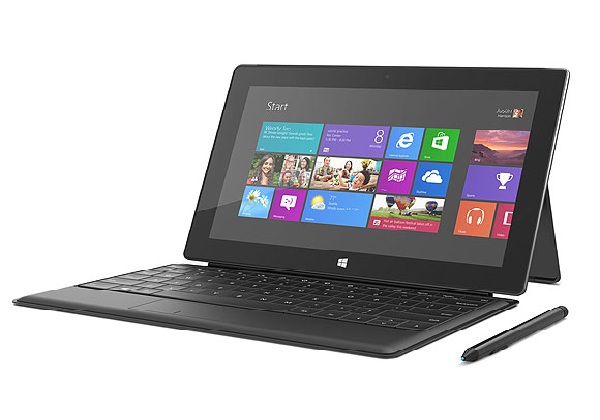 Surface Pro tipped to fail like the BlackBerry Playbook
Surface Pro tipped to fail like the BlackBerry PlaybookNews £800 price strategy baffles analysts and industry watchers.
By Caroline Donnelly Published
-
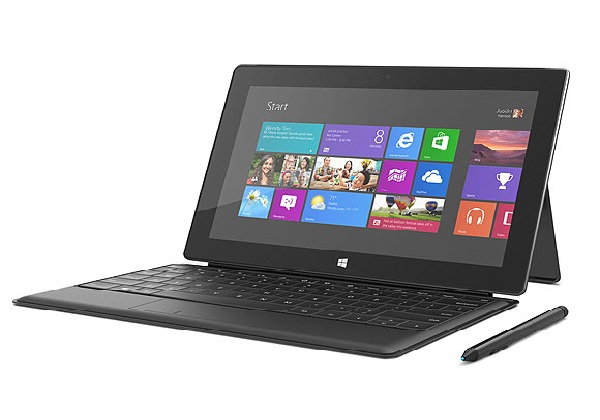 US tech reviewers give Microsoft Surface Pro thumbs down
US tech reviewers give Microsoft Surface Pro thumbs downNews As the US release date for Microsoft's latest tablet approaches, tech sites give their verdict on the device.
By ITPro Published